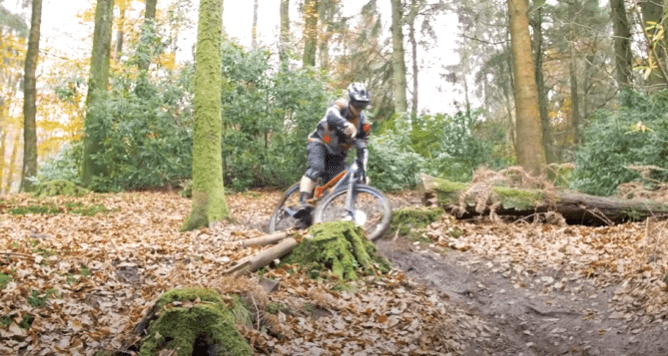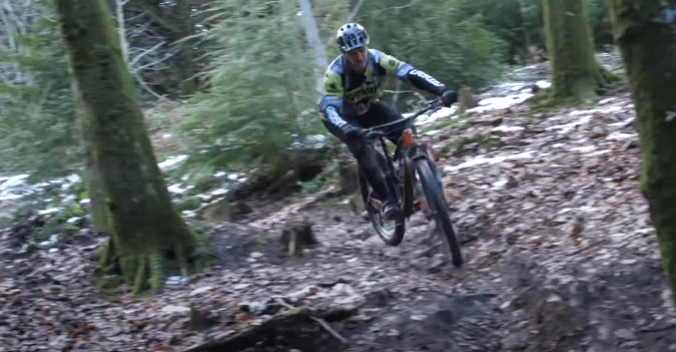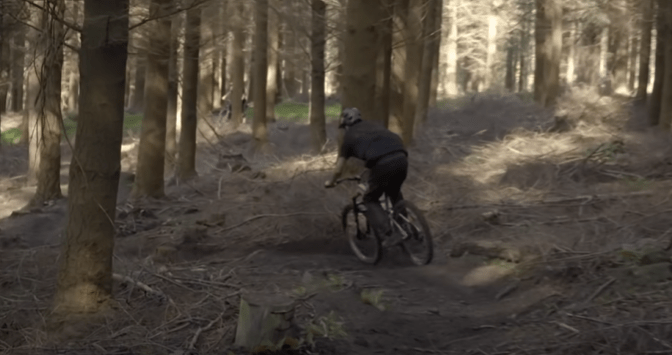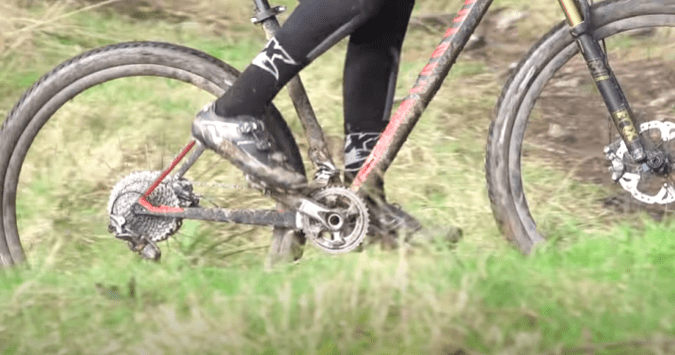

Bicycle manufacturers frequently introduce new features to update and improve their models with advancements like new frame geometry, lighter materials, and different mounting and components.
In the world of mountain biking, the latest trend focuses on transmission. In the past five to six years, there has been a shift from using three chainrings to a single chainring. The single chainring trend is gaining momentum, and more and more bikers are opting for mountain bikes with a single chainring.
But what are the advantages and disadvantages of single chainrings? Is it merely a fashion trend, or is there something more to it? Below, we analyze the pros and cons of using single chainring mountain bikes.
The fight against weight is driving many innovations in bicycle technology. Single chainring setups remove the need for buttons, cables, covers, derailleurs, and one or two chainrings. Additionally, the chain used is shorter than in setups with two or three chainrings. As single chainring setups are primarily used in higher-end groups, the materials used for the chainring, cassette, and chain are typically lighter. Removing these components can save between 500 and 800 grams, contributing to a lighter overall bike weight.


The greatest advantage of using a single chainring is its simplicity, even more so than its weight-saving benefits. The use of a single chainring eliminates the need to choose different gear ratios based on the terrain, which in turn reduces the likelihood of chain sucking.
Many cyclists have experienced the frustration of encountering a sudden elevation change and having to shift gears while simultaneously shifting down the chainring, only to have the chain fall off. With a single chainring, cyclists can simply shift gears (some gearboxes allow for up to five shifts with a single press) and continue pedaling without worrying about the chain coming off.
Furthermore, single-chainring setups provide a smoother and more fluid riding experience due to the central position of the chainring in relation to the cassette sprockets, resulting in less chain crossover. This leads to a finer and smoother touch.
At first glance, single chainring setups may appear to offer fewer gear options compared to conventional two or three chainring setups, which can provide up to thirty possible combinations of chainrings and cogs. Single chainring setups, on the other hand, are limited to a maximum of 12 speeds.
However, the reality of two and three chainring setups often involves overlapping combinations, with the large chainring and fourth cog being equivalent to the medium chainring and second cog. To avoid cross-chaining and transmission wear, certain gear ratios are not recommended, with the small chainring limited to the top 4 or 5 cogs, the large chainring limited to the bottom 4 or 5 cogs, and the medium chainring able to access all but the outermost cogs.
By removing duplicate and non-recommended gear combinations, we find that only about half of the 30 available gears are truly useful in two or three chainring setups.
In contrast, single chainring setups enable the use of all available gears due to the central position of the chainring relative to the cassette. This provides a wider range of usable gears in practice, despite offering fewer total gear options in theory.
To accommodate the use of a single chainring for different types of terrain and to cater to the needs of different riders, the size of the chainring can be changed easily. Unlike the standardized 44/32/22 tooth configuration for three chainrings and 40/28 teeth for double chainrings, changing the size of the single chainring is a simple and quick process.
For instance, we may require a different chainring size for climbing the Cantabrian mountains than for crossing the plains of Castile. While the latest SRAM models may require additional parts and adapters for swapping chainrings, it is still possible to change them.


Bicycles with a single chainring may not be suitable for everyone, which can be considered a major disadvantage. The limited number of 11 or 12 gears available in some single chainrings may be too few for many riders.
Even if the weight savings of around 500 grams are significant, it may not be worth it if the cyclist cannot comfortably pedal using the available gear ratios.
When using a single chainring on a mountain bike, finding the perfect gear ratio for all types of terrain can be challenging. If we choose a smaller chainring such as a 30, we can climb hills with ease, but we will struggle to reach high speeds on flat terrain. On the other hand, if we choose a larger chainring like a 34, we can go fast on flat terrain, but we may struggle on steep climbs.
Moreover, it is difficult to find a gear ratio that allows us to take advantage of both ascents and descents without sacrificing one for the other. However, Shimano and SRAM are developing new technologies to solve this problem. Shimano is planning to release a 50-tooth chainring that will allow larger chainrings to be used while still providing easy climbing, while SRAM has developed a twelve-speed cassette and a patented ten-tooth sprocket for a stronger push on flat terrain.
Single chainring drivetrains are considered as advanced and high-quality components in the cycling industry. This means that bikes equipped with this type of transmission are typically more expensive. Shimano offers the most affordable options, but even then, a rider would need to spend around 500 dollars to get an XT 11-speed groupset and up to 900 dollars for an XTR groupset.
On the other hand, SRAM offers the NX groupset starting at around 320 dollars and going up to over a thousand dollars for the top-of-the-line XX1 groupset. Additionally, the individual components such as chainrings can also be relatively costly, ranging from $60 to over $100.


In summary, single chainrings are a permanent part of the cycling industry, with a focus on more serious riders but also catering to casual riders. As the technology gains wider acceptance, prices may become more affordable, particularly with more accessible gearing options. It’s possible that triple chainrings may soon become outdated technology, much like velocipedes.
